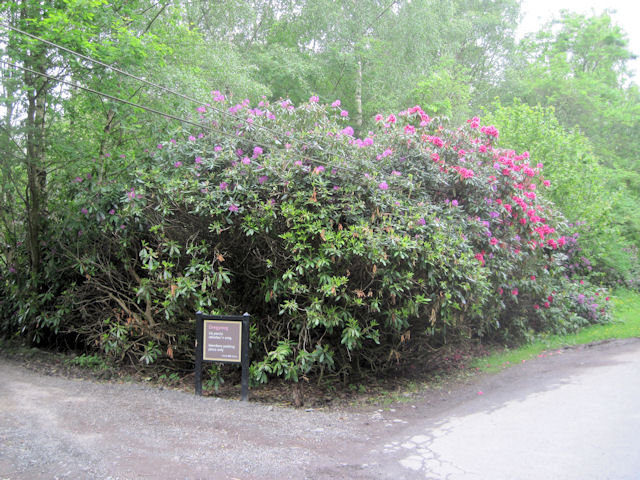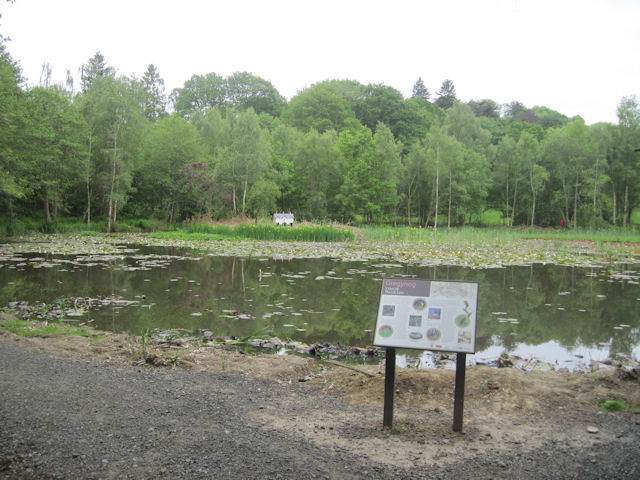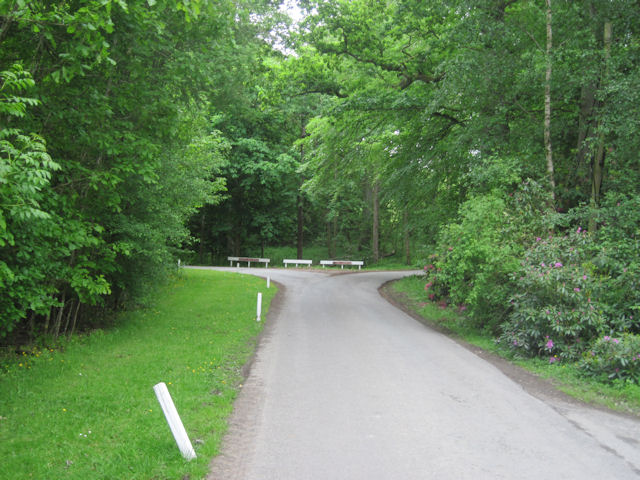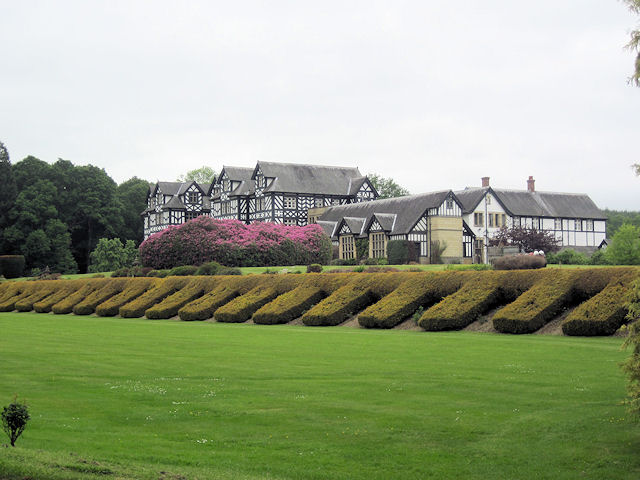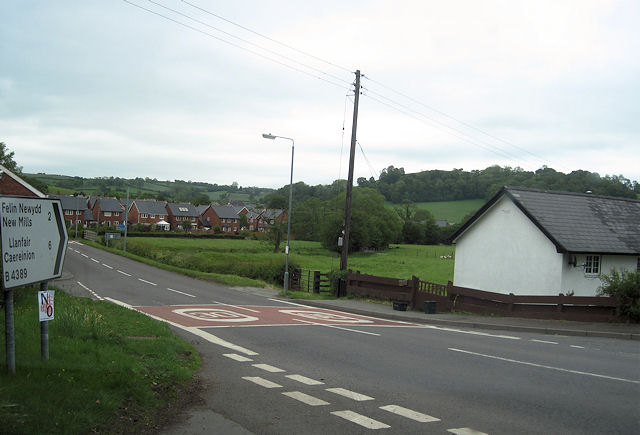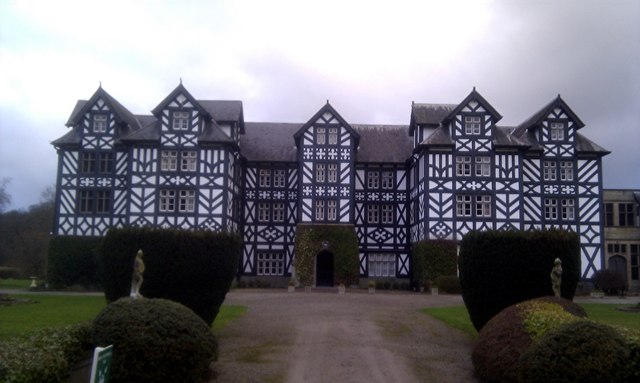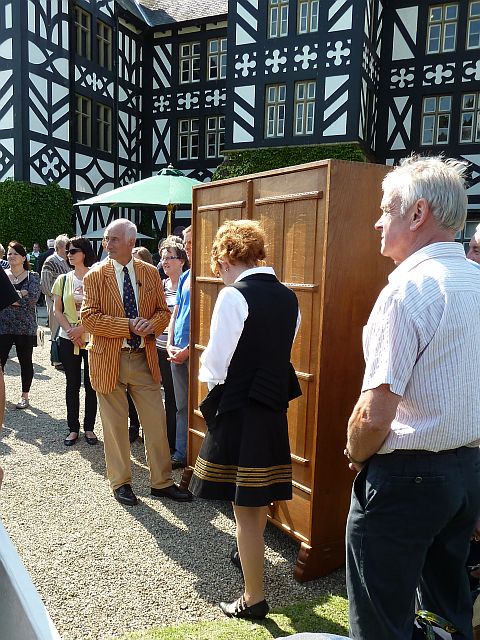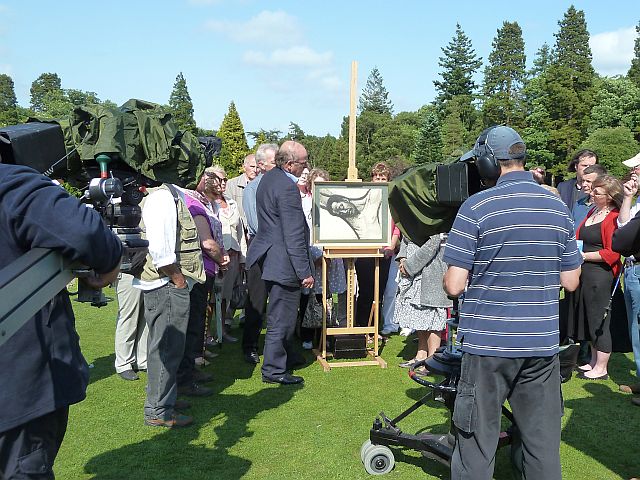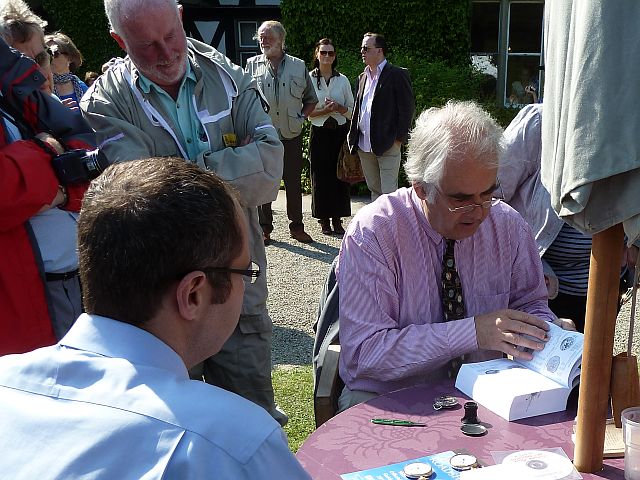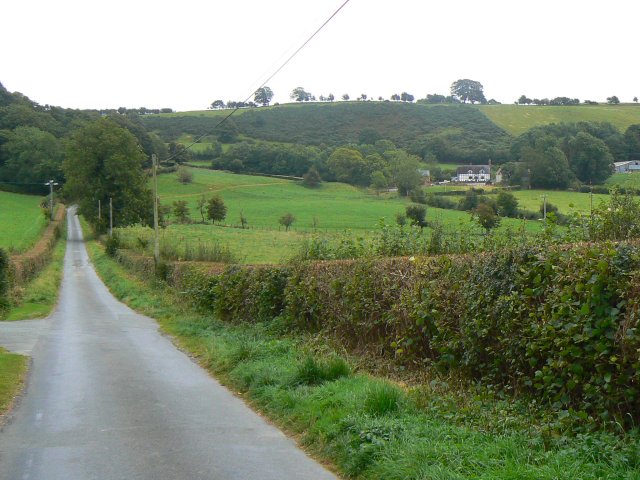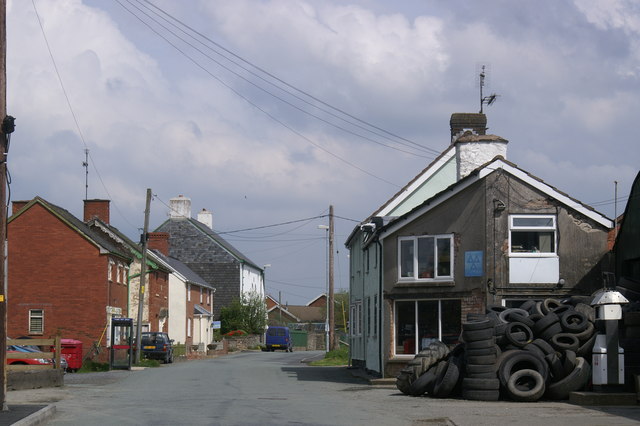Lower Plantation
Wood, Forest in Montgomeryshire
Wales
Lower Plantation
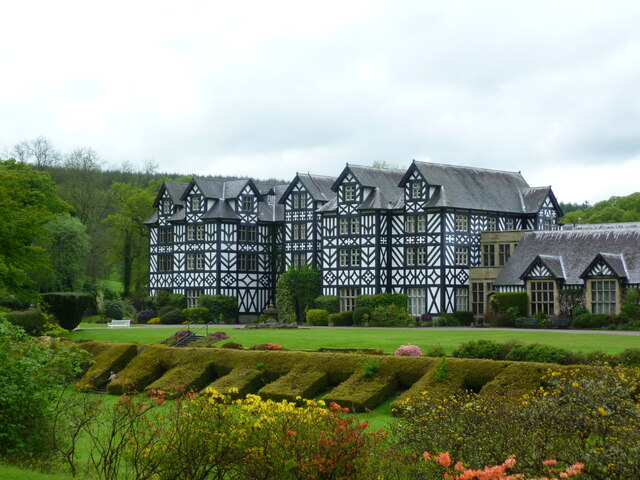
Lower Plantation is a small woodland area located in the county of Montgomeryshire, Wales. Situated in a rural setting, it covers an approximate area of 50 acres and is known for its abundant flora and fauna. The woodland is primarily composed of various species of trees, including oak, beech, and birch, which create a dense canopy that provides shade and shelter for the diverse range of plant and animal species found within the area.
The forest floor is carpeted with a rich variety of wildflowers, ferns, and mosses, creating a vibrant and colorful undergrowth. The woodland is also home to numerous species of birds, such as woodpeckers, owls, and thrushes, which can be heard chirping and singing throughout the day.
Lower Plantation offers an ideal habitat for many small mammals, including squirrels, rabbits, and hedgehogs, which can often be spotted scurrying among the trees or foraging for food. The woodland is also known to harbor a population of deer, which occasionally make their presence known by leaving tracks and signs of their grazing activities.
The area is popular among nature enthusiasts, hikers, and birdwatchers who appreciate the tranquil and scenic beauty of the woodland. Several walking trails crisscross the area, allowing visitors to explore the diverse ecosystem and enjoy the peaceful ambiance. The natural beauty of Lower Plantation makes it a valuable asset to the local community, providing a haven for wildlife and offering a serene escape from the hustle and bustle of everyday life.
If you have any feedback on the listing, please let us know in the comments section below.
Lower Plantation Images
Images are sourced within 2km of 52.571184/-3.3566918 or Grid Reference SO0897. Thanks to Geograph Open Source API. All images are credited.
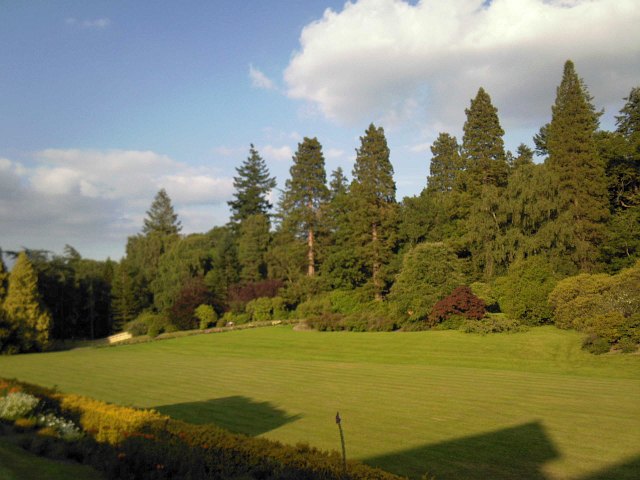
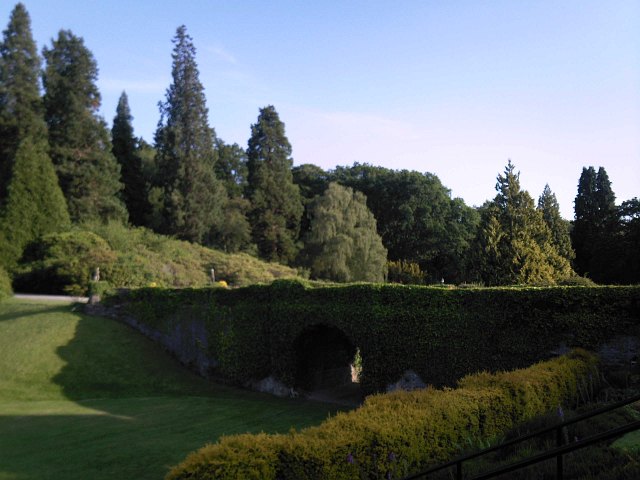
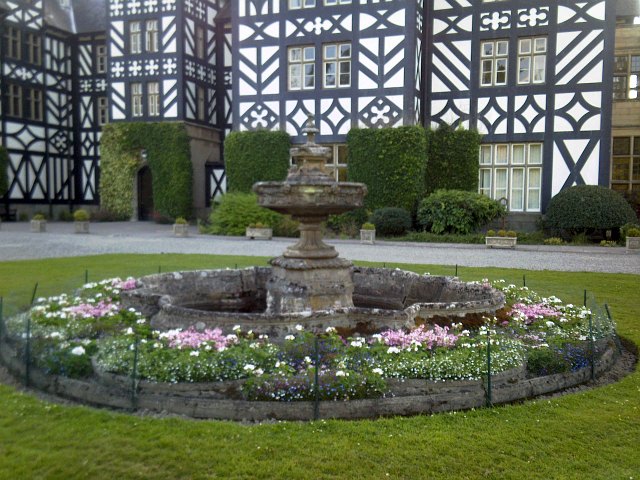
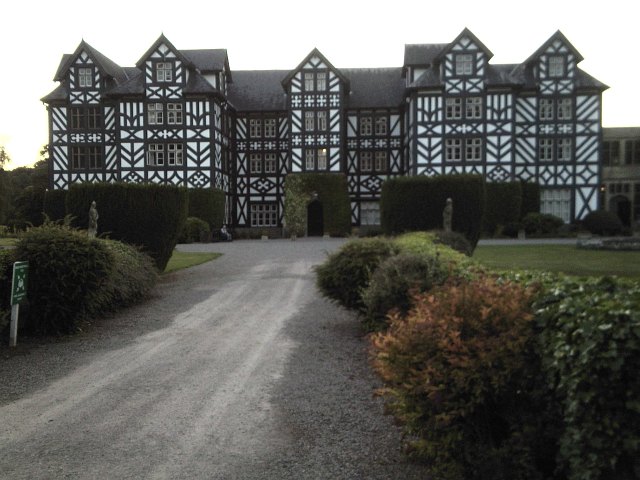
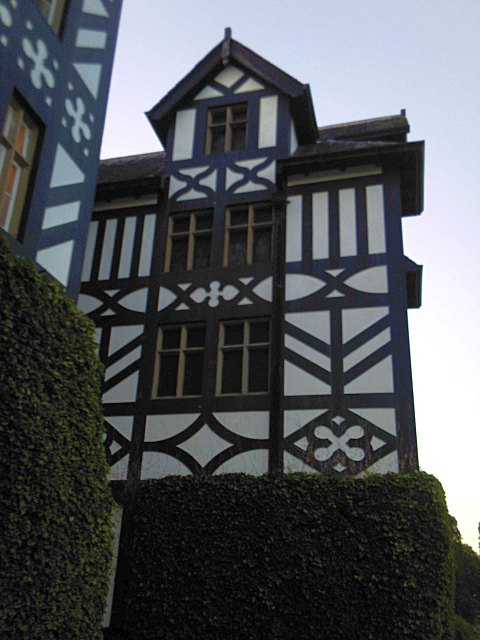
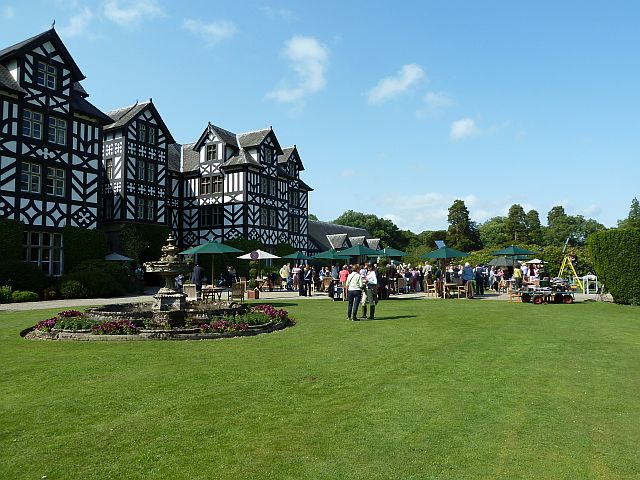
Lower Plantation is located at Grid Ref: SO0897 (Lat: 52.571184, Lng: -3.3566918)
Unitary Authority: Powys
Police Authority: Dyfed Powys
What 3 Words
///inferior.gentle.acquaint. Near Newtown, Powys
Nearby Locations
Related Wikis
Gregynog Hall
Gregynog (Welsh pronunciation: [ɡrɛˈɡənɔɡ]) is a large country mansion in the village of Tregynon, 4 miles (6.4 km) northwest of Newtown in the old county...
Tregynon
Tregynon is a small village and community in Montgomeryshire, Powys, Wales, to the north of Newtown and south west of Welshpool. The population of the...
River Rhiw
The River Rhiw (Welsh: Afon Rhiw meaning 'slope river' or 'stream river') is a short river in the north of Powys in Wales. Two headwater tributaries both...
Adfa, Powys
Adfa is a village in the Welsh county of Powys, in mid Wales. It is in the historic county of Montgomeryshire. == External links == Photos of Adfa and...
Nearby Amenities
Located within 500m of 52.571184,-3.3566918Have you been to Lower Plantation?
Leave your review of Lower Plantation below (or comments, questions and feedback).

